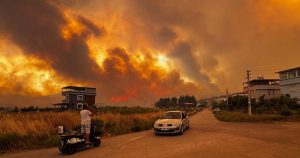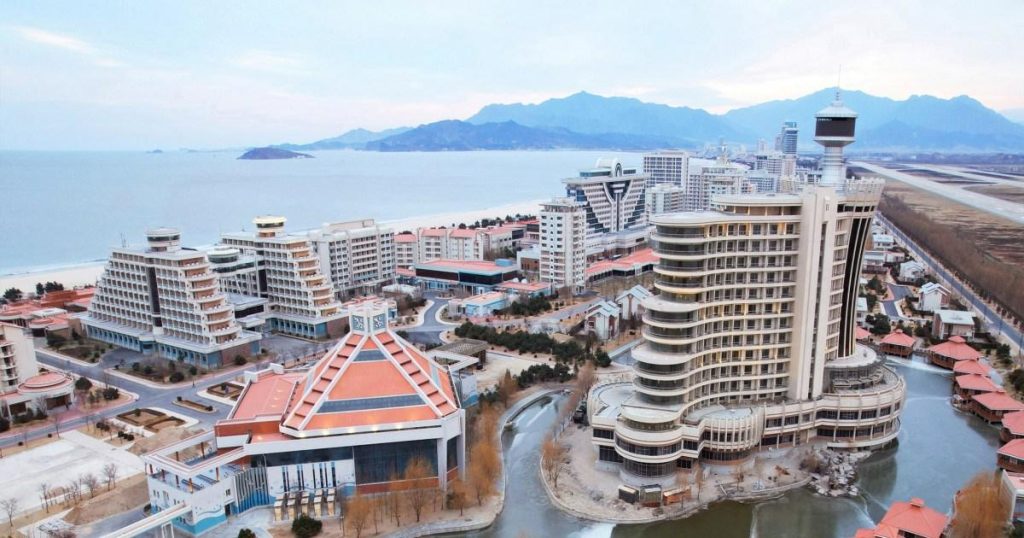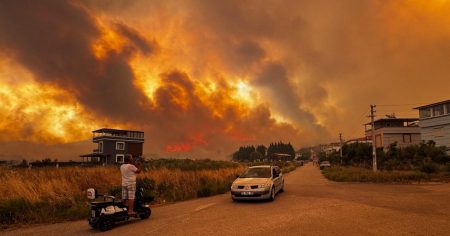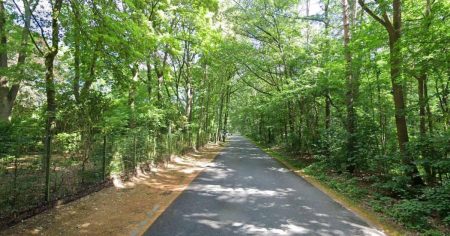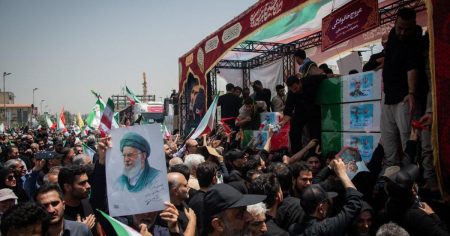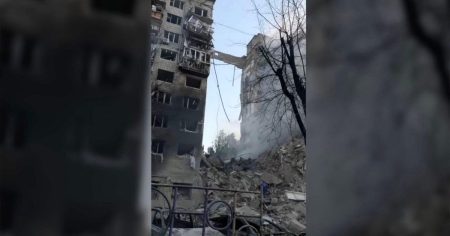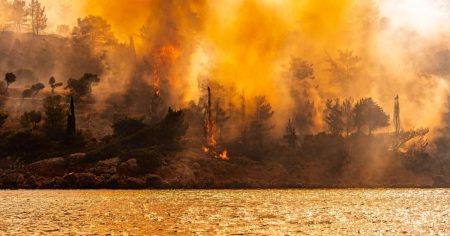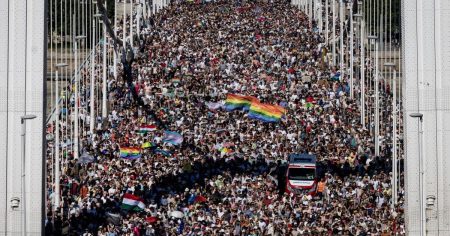Kim Jong Un Unveils North Korea’s Ambitious Kalma Coastal Resort: A Symbol of Economic Renewal and Tourist Attraction
North Korean leader Kim Jong Un recently graced the sandy shores of the newly constructed Kalma coastal tourist area in Wonsan, marking a significant milestone in the country’s ambitious tourism development plans. Accompanied by his daughter, Ju Ae, Kim toured the sprawling resort, expressing confidence in its potential to attract both domestic and international visitors. The Kalma resort, a project initiated in 2014, has faced numerous setbacks, including design revisions, material shortages stemming from international sanctions, and disruptions caused by the COVID-19 pandemic. Despite these challenges, Kim’s visit signaled a renewed focus on completing the resort and leveraging it as a catalyst for economic growth. The resort, boasting a coastline twice the length of Hawaii’s Waikiki Beach, is designed to encompass over 7,000 rooms across 17 hotels, along with a wide range of service establishments. Kim envisions the resort not only as a leisure destination but also as a potential venue for future political meetings and international summits.
The Kalma resort embodies North Korea’s aspirations to rejuvenate its economy through tourism, a sector that has historically faced significant limitations. Kim’s presence at the resort, along with the accompanying state media coverage, underscores the project’s importance within the country’s broader development strategy. The resort’s completion is intended to showcase North Korea’s capabilities and resilience, projecting an image of progress and stability to the world. Kim emphasized the distinctiveness of the Kalma resort, highlighting its potential to offer a unique experience to visitors. He portrayed the resort as more than just a beach destination, framing it as a symbol of socialist cultural construction and a driver of regional revitalization. This rhetoric aims to position the resort within a larger narrative of national development and progress.
However, the ambitious project faces considerable challenges in realizing its full potential. Attracting international tourists to North Korea has historically been difficult, due to the country’s strict political environment and limited access for foreign visitors. While a recent agreement with Russia aims to boost tourism through increased charter flights, the overall appeal to international travelers remains constrained. Restrictions on movement within North Korea, including the inability for tourists to freely explore beyond designated areas, pose a significant deterrent. Furthermore, the limited duration of suitable beach weather further restricts the resort’s attractiveness, particularly compared to other readily accessible destinations in the region. Experts in North Korean tourism have expressed skepticism about the resort’s ability to attract sufficient visitors to justify its substantial investment.
The focus on attracting Russian tourists highlights the limitations of North Korea’s tourism market. While increased cooperation with Russia may yield some increase in visitor numbers, it is unlikely to significantly alter the overall landscape. The appeal of the Kalma resort to Russian tourists remains questionable, given the restrictions on their movement and the availability of more attractive beach destinations elsewhere. The North Korean regime’s stringent control over tourist activities within the country presents a significant barrier to attracting a broader international clientele. The absence of South Korean tourists further restricts the potential market, highlighting the ongoing political tensions between the two countries.
Despite the obstacles, Kim Jong Un remains optimistic about the Kalma resort’s prospects, emphasizing North Korea’s political stability as a key advantage. This assertion contrasts with the political dynamics of other countries in the region, serving as a subtle message about the perceived stability and order within North Korea. Kim’s visit to the resort and his pronouncements about its significance underscore his personal commitment to the project’s success. The regime views the resort as a symbol of national resilience and a testament to its ability to create a brighter future for its people. State media coverage reinforces this message, portraying the resort as a dream destination for both domestic and international travelers.
The ongoing construction efforts at the Kalma resort focus on completing key facilities, including a water park, an aquatic arena, and a new rail line connecting the resort to the Wonsan Kalma International Airport. These developments aim to enhance the resort’s attractiveness and accessibility. The completion of these facilities will be crucial in assessing the resort’s viability and its ability to attract the projected number of visitors. The success of the Kalma project will ultimately depend on whether it can overcome the existing challenges and attract a sustainable flow of tourists, both domestic and international. Whether Kim Jong Un’s vision for the resort will translate into a tangible economic benefit for North Korea remains to be seen.
